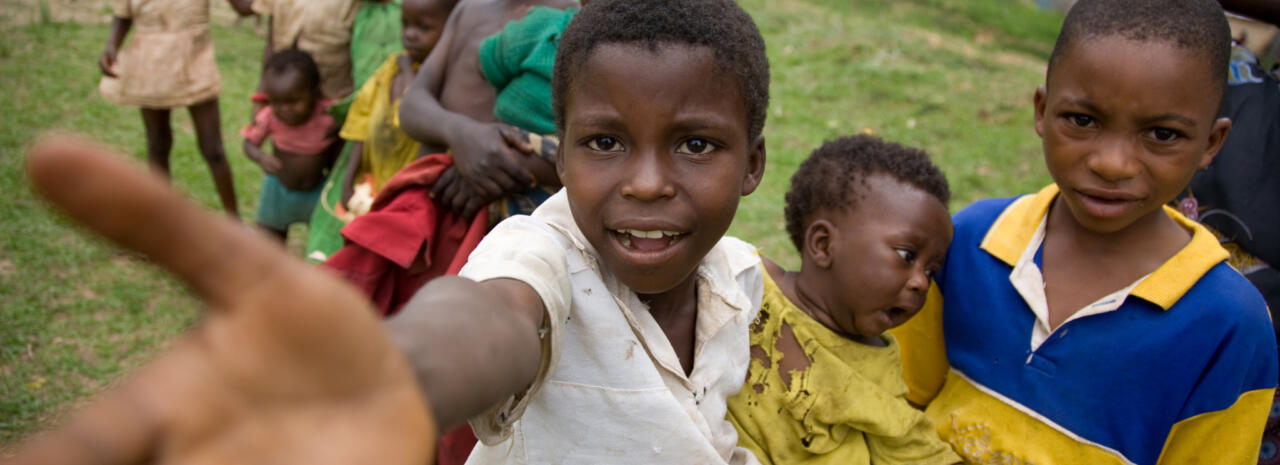
What’s driving low immunisation coverage in DRC?
Genesis Analytics conducted a comprehensive study to assess the drivers of immunisation at different levels of government in the Democratic Republic of the Congo.
The study used different methods, such as segmentation, efficiency and geospatial analysis, public finance management and public spending analysis, to identify the bottlenecks and opportunities for improving vaccine delivery in two provinces. The study also provided recommendations for policy makers and donors to address the key challenges and enhance the immunisation outcomes in the DRC.
Despite increased domestic and international donor flows for immunisation in the DRC, the country has one of the highest child and maternal mortality rates in the world: it is estimated that one in seven children die of vaccine-preventable diseases. Only 35% of all children aged 12 to 23 months are fully immunised before their first birthday. This is substantially below the threshold of vaccine coverage for herd immunity (approximately 80 to 90%).
The factors that affect immunisation coverage in the DRC are varied and multi-layered, but remain poorly understood. Despite many inquiries, studies and assessments, immunisation performance in recent years is trending flatly, or downward. This is in spite of improved national commitment to tackling the issue.
Genesis Analytics was contracted by the World Bank to uncover reasons for this trend. The Human Development team conducted an immunisation resource tracking case study in two provinces to assess the flow and performance of immunisation funding in the DRC. Lualaba and Kwilu were selected, as Lualaba has higher levels of vaccination coverage than Kwilu. Genesis partnered with BlueSquare to support with data access, data management and analysis.
With the support of a national team, Health Development and Governance, a literature review identified that funding flows, human resources and the accessibility of facilities are significant drivers of efficient vaccine coverage. In addition, the decentralised governance structure in the DRC implies that a variety of actors are involved in vaccination – from central government funding right down to the facilities that deliver vaccines. As such, the study analysed potential factors impacting vaccine delivery from central government level down to provincial level.
Specifically, different methods were applied to assess drivers of immunisation at different levels of government:
- A segmentation, efficiency and geospatial analysis was conducted to explore the drivers for the observed differences in vaccination coverage at facility level in Lualaba and Kwilu. This analysis examined how the accessibility of facilities, the human resources available and other facility-level issues might impact vaccine delivery in these provinces.
- Analyses of the Public Finance Management (PFM) system and public spending for immunisation were conducted to assess drivers of efficiency at central and provincial level.
Ultimately, the results were as follows:
- PFM issues are a huge obstacle to efficient vaccine delivery: The health sector remains centrally controlled, suffers from low execution rates at all levels, central transfers are not disbursed as per the constitution, and disbursements from government and donors are not timely and at times not received at all. This impedes the completion of health plans. These issues are amplified at provincial level as health facilities in rural areas have limited access to banking, internet and electricity. This impacts Kwilu more than Lualaba, as Lualaba can rely on internally generated mining royalties.
- In addition, there is inadequate donor coordination and substantial bureaucracy: Facilities also suffer from lack of communication around delays in funding from donors, and their limited attendance at meetings to discuss planning, budgeting, and monitoring and evaluation (M&E). This impacts the ability to provide timely, well-organised services. Additionally, the multiple reporting requirements for small to large levels of funding hinder the health sector’s efficiency.
- Last mile problem: The geospatial, PFM and spending analyses suggest that challenges rise as facilities become more rural (particularly in Kwilu). To improve vaccination rates, there needs to be explicit focus on overcoming efficiency challenges at more rural health facilities. Logistical problems at facility levels, access to banking, transport, poor road networks, electricity as well as internet and phone connectivity can impact the efficiency of a health facility in delivering primary health care and immunisation.
- Lack of data and M&E: There are substantial data problems across the entire health sector including immunisation that cut across national, provincial and health facility levels. Data availability needs to be improved for better monitoring of resources into the health sector, and more regular evaluation of the impact of this onto health outcomes.
The results of this study hope to inform donors and central government about the key challenges that are impeding efficient vaccine delivery, and implement policy challenges to overcome these.